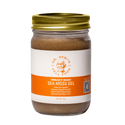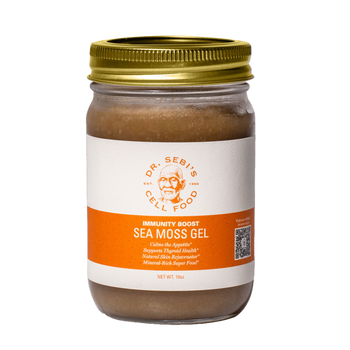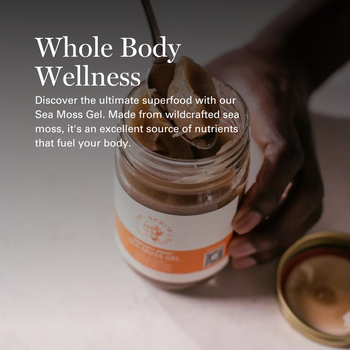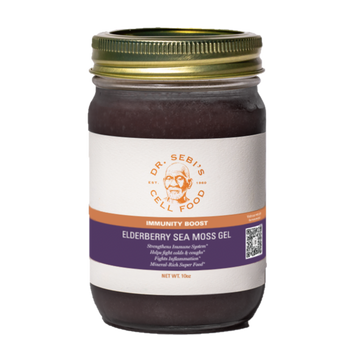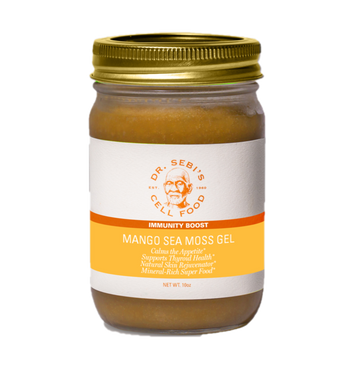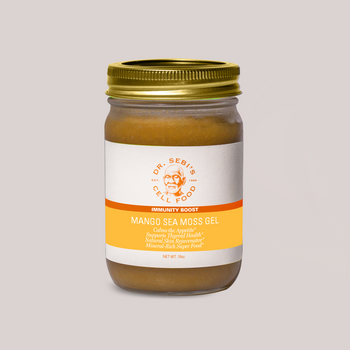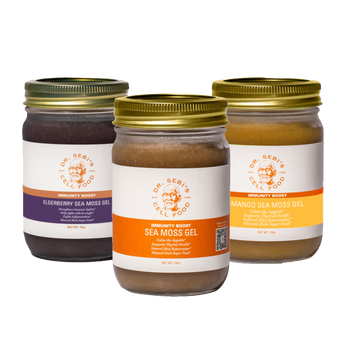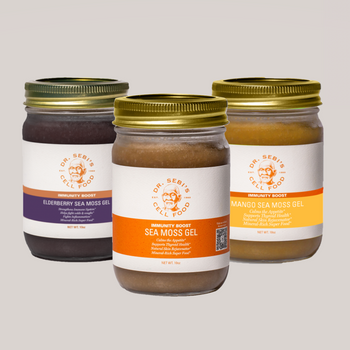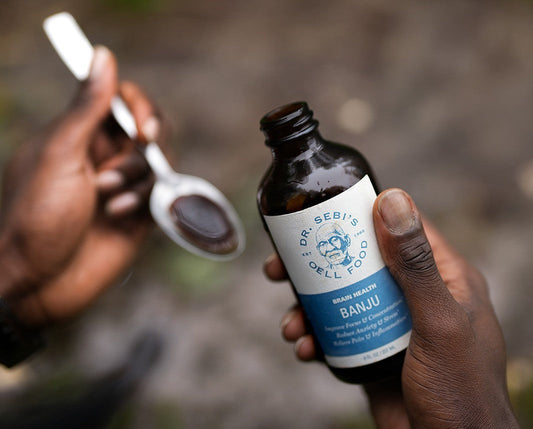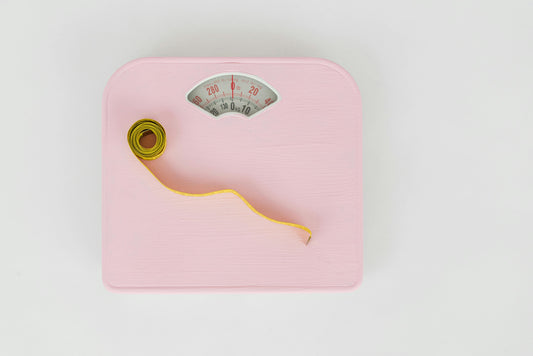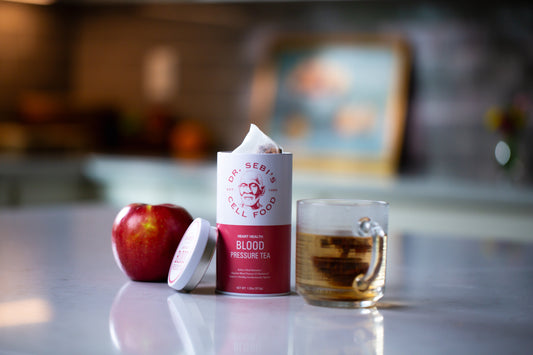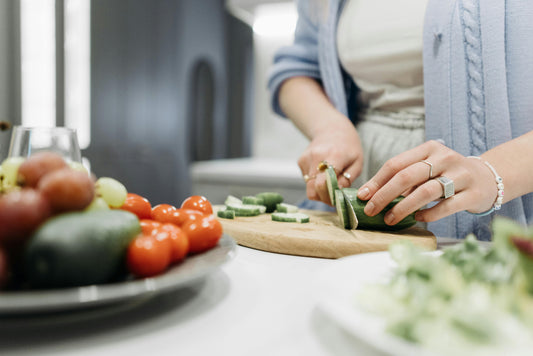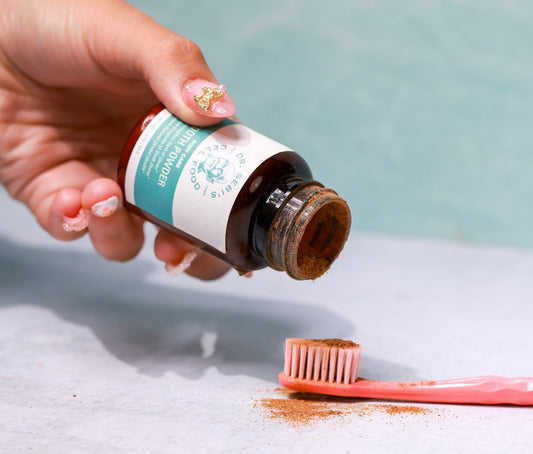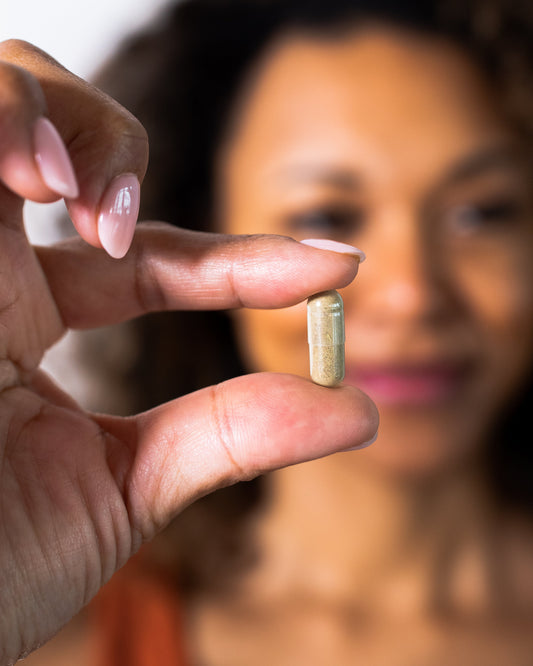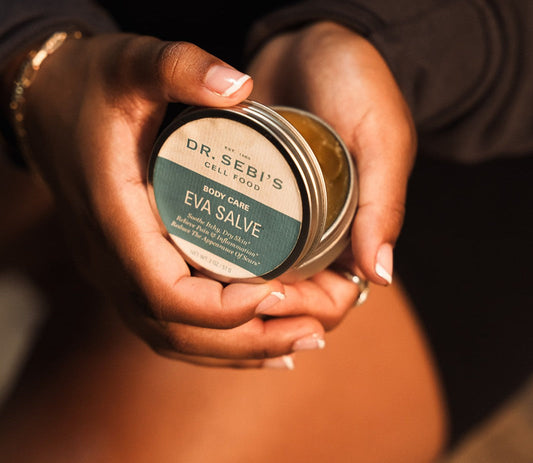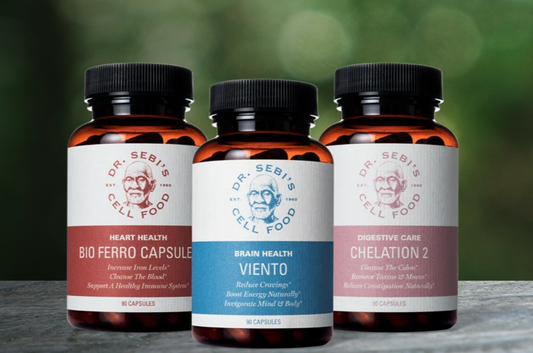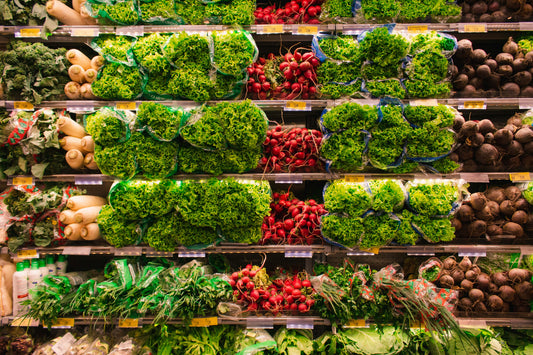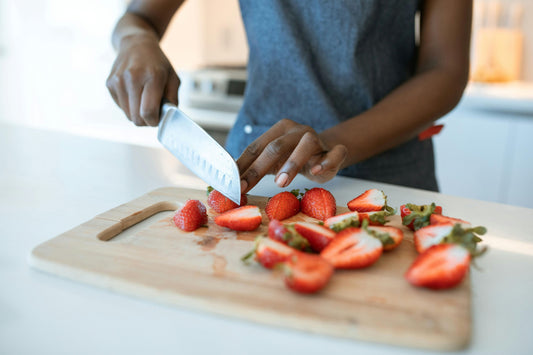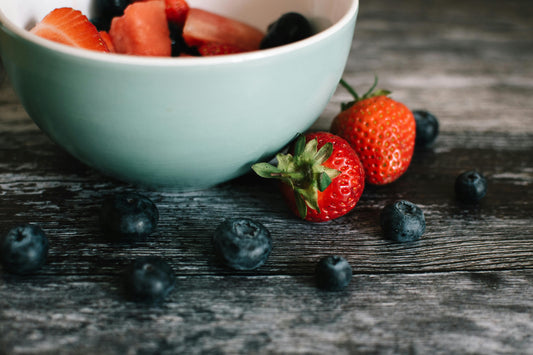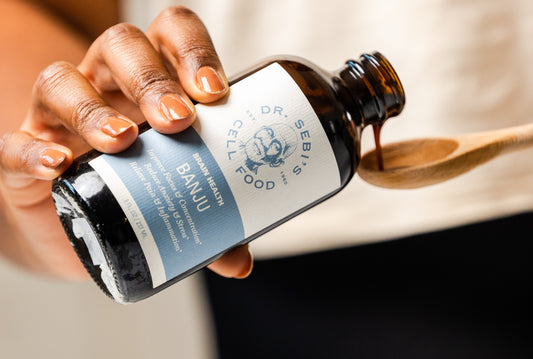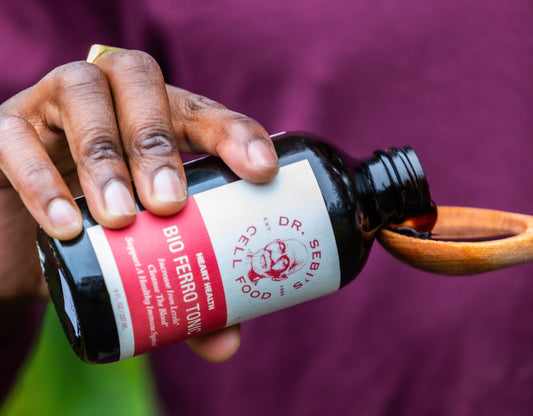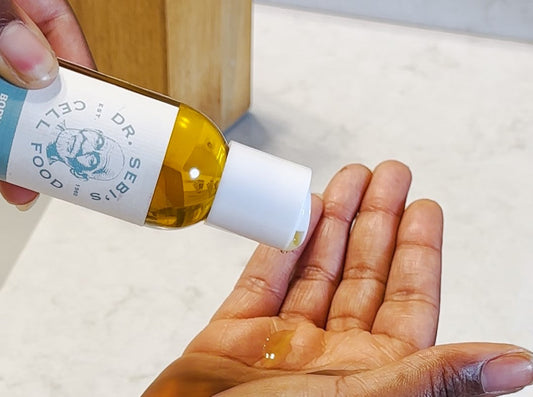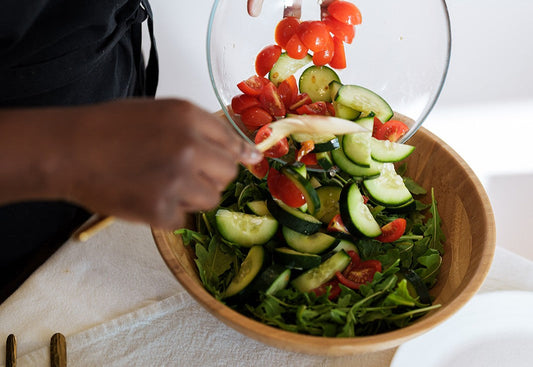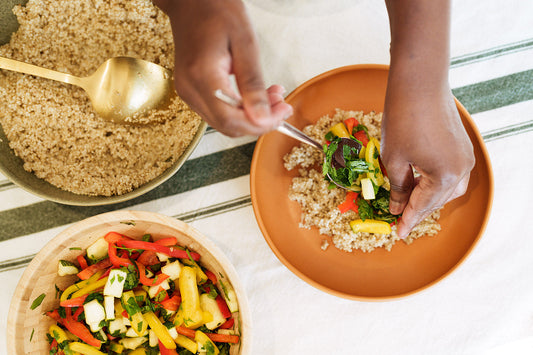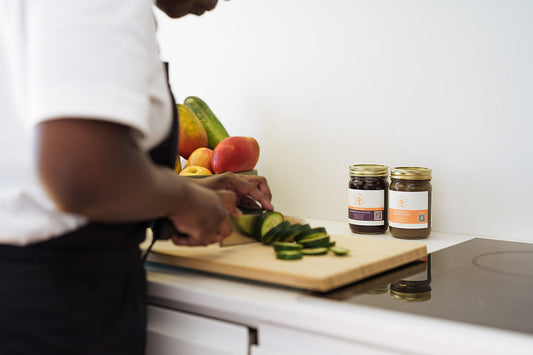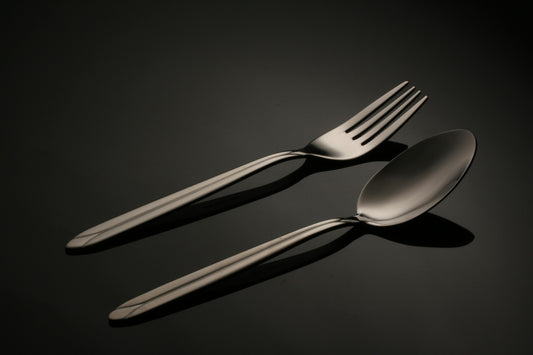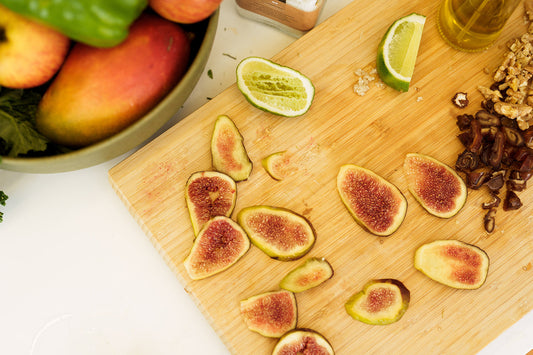Transitioning to an alkaline lifestyle can feel overwhelming at first. Many people ask: What do I actually eat? How do I plan meals for a full week? While the idea of eating only “alkaline-approved” foods may seem restrictive, in practice it opens the door to a wide variety of fruits, vegetables, grains, herbs, nuts, and seeds that not only nourish but also satisfy.
Dr. Sebi emphasized that planning is the key to making the alkaline lifestyle sustainable. Without a plan, it’s easy to fall back into old habits or reach for processed foods when hunger strikes. By building a simple, flexible weekly meal plan, you ensure that your kitchen is stocked, your meals are balanced, and your body is consistently fueled by living minerals.
This article breaks down how to structure an alkaline weekly meal plan, offers practical tips for shopping and cooking, and provides sample menus you can use in real life.
Why Meal Planning Matters
Meal planning is not about rigidity—it’s about freedom. When you have a plan, you:
-
Save time and energy during the week.
-
Reduce stress about “what to eat.”
-
Ensure nutrient balance.
-
Stay consistent with your alkaline goals.
-
Spend less money by reducing waste and impulse buys.
Core Principles of an Alkaline Meal Plan
1. Center on Alkaline Foods
Choose foods from Dr. Sebi’s Nutritional Guide. This ensures every meal is mineral-rich, mucus-reducing, and energy-boosting.
2. Prioritize Whole Foods
Focus on fresh produce, grains, nuts, seeds, and herbs rather than packaged goods.
3. Balance Flavors
Include bitter greens, sweet fruits, hydrating vegetables, and mineral-dense grains to satisfy the palate.
4. Keep It Simple
Meals don’t need to be elaborate. A bowl of quinoa, greens, and avocado oil is just as effective as a complex recipe.
5. Plan for Flexibility
Life happens. Build options that work for busy mornings, travel, or being out.
Building Blocks of a Weekly Plan
Breakfast Options
-
Smoothies: Kale, apples, and blueberries with hemp seeds.
-
Quinoa porridge: With figs, dates, and walnuts.
-
Fruit bowls: Melons, berries, and seeded grapes for hydration and energy.
Lunch Options
-
Spelt wraps: With greens, cherry tomatoes, and avocado oil.
-
Wild rice bowls: With zucchini, squash, and watercress.
-
Salads: Kale, cucumbers, seeded grapes, walnuts, and sesame-tahini dressing.
Dinner Options
-
Fonio or quinoa pilaf: With amaranth greens and cherry tomatoes.
-
Vegetable soup: Squash, zucchini, kale, and ginger.
-
Stuffed spelt wraps: With sautéed watercress, mushrooms, and avocado.
Snacks
-
Figs stuffed with tahini.
-
Fresh berries with hemp seeds.
-
Elderberry or chamomile tea with walnuts.
- Smoothies with fruits, greens, hemp seeds, & coconut water.
Pro Tip: Add Sea Moss Gel to your favorite smoothie recipe, soup, or tea to enhance the nutritional benefits of each meal.
Sample 7-Day Alkaline Meal Plan
Day 1
-
Breakfast: Quinoa porridge with figs and hemp seeds. Sweeten with agave or burro bananas.
-
Lunch: Spelt wrap with dandelion greens and cherry tomatoes. Add cucumbers for an extra crunch and hydration.
-
Dinner: Wild rice with sautéed kale and squash. Add onion, sea salt, and cayenne pepper for extra flavor.
-
Snack: Dates with walnuts.
Day 2
-
Breakfast: Smoothie with kale, burro banana, and blueberries.
-
Lunch: Salad with cucumbers, watercress, and avocado oil.
-
Dinner: Fonio with amaranth greens and cherry tomatoes.
-
Snack: Elderberry tea with figs.
Day 3
-
Breakfast: Fruit bowl of melons, seeded grapes, and berries.
-
Lunch: Spelt wrap with grilled zucchini, avocado, and kale.
-
Dinner: Vegetable soup with squash, kale, and ginger.
-
Snack: Tahini with apple slices (approved variety).
Day 4
-
Breakfast: Quinoa porridge with dates and hemp seeds.
-
Lunch: Wild rice with sautéed watercress and cherry tomatoes.
-
Dinner: Spelt pasta (alkaline-approved) with kale and a drizzle of olive oil.
-
Snack: Berries with hemp seeds.
Day 5
-
Breakfast: Smoothie with dandelion greens, seeded grapes, and blueberries.
-
Lunch: Kale salad with cucumbers, figs, and sesame dressing.
-
Dinner: Fonio pilaf with zucchini and squash.
-
Snack: Chamomile tea with walnuts.
Day 6
-
Breakfast: Fruit bowl with seeded grapes, melons, and blackberries.
-
Lunch: Spelt wrap with amaranth greens and cherry tomatoes.
-
Dinner: Wild rice with sautéed kale and ginger.
-
Snack: Dates with tahini.
Day 7
-
Breakfast: Quinoa porridge with figs and hemp seeds.
-
Lunch: Salad with kale, cucumbers, and seeded grapes.
-
Dinner: Soup with squash, watercress, and zucchini.
-
Snack: Elderberry tea with walnuts.
Shopping & Prep Tips
-
Make a Master Grocery List
Base it on alkaline staples: quinoa, spelt, wild rice, kale, cucumbers, seeded grapes, figs, walnuts, etc. -
Batch Cook Grains
Cook quinoa, fonio, or wild rice in large batches to save time. -
Pre-Wash Greens
Store kale, watercress, and dandelion greens washed and ready to use. -
Prep Snacks in Advance
Keep figs, walnuts, and dates portioned out for easy snacking. -
Herbal Teas on Hand
Stock burdock, elderberry, chamomile, ginger, and tila for daily support.
Lifestyle Practices to Support Your Plan
-
Hydrate consistently: Drink spring water throughout the day.
-
Stick to consistent meal times: Helps regulate digestion.
-
Use herbs daily: Not just as medicine, but as nourishment.
-
Rest well: Quality sleep enhances digestion and mineral absorption.
-
Stay flexible: Adapt meals to your schedule while keeping core principles intact.
FAQs
Q: Do I need to follow the plan exactly?
A: No. The key is consistency, not perfection. Use it as a framework and adapt.
Q: Can I repeat meals during the week?
A: Yes. Repeating favorites makes it easier and more sustainable.
Q: What if I don’t have access to all the foods?
A: Use substitutions within the approved guide. For example, swap kale for amaranth greens or wild rice for quinoa.
Q: How long until I feel results?
A: Many people notice more energy and reduced cravings within 2–3 weeks of consistent alkaline eating.
Dr. Sebi’s Perspective
Dr. Sebi often said that the body is self-healing when given the right fuel. He emphasized that sticking to an alkaline plan is not about strict rules but about consistency with nature. By planning meals around alkaline foods, we remove mucus, restore minerals, and prevent disease before it begins.
Meal planning, in his philosophy, is not about restriction but about freedom—freedom from confusion, cravings, and disease.
Conclusion
A weekly alkaline meal plan does not need to be complicated. By stocking your kitchen with alkaline staples, preparing grains and greens in advance, and keeping herbs and fruits on hand, you can easily create nourishing meals that fit real life.
From quinoa porridge to kale wraps, wild rice bowls, and herbal teas, the variety is abundant. What matters most is consistency—feeding the body with living minerals every day. By doing so, you not only reduce cravings and fatigue but also set the foundation for lifelong health.

